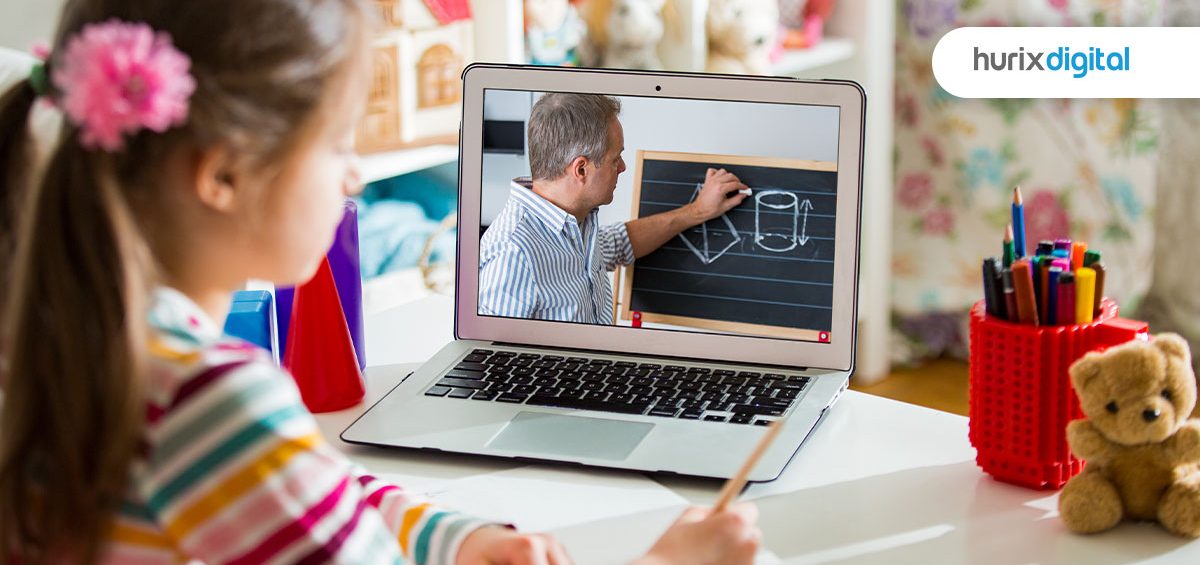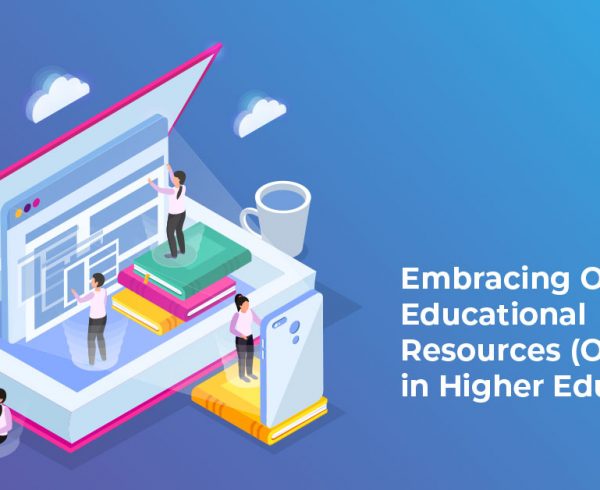What Are Open Educational Resources (OER)?
Open educational resources or OER are teaching, research, and learning resources that are available in the public domain for free use. These resources range from textbooks and software to other learning materials such as videos and tutorials that often cover full courses for different subjects across the education spectrum.
OER carries the GNU or Creative Commons license that permits them to be revised, repurposed, remixed, and redistributed at no cost to the user. These materials can also be adapted, shared, and reused as a user deems fit.
These are in sharp contrast to the copyrighted traditional curriculum textbooks, and thus, viewed as a potent tool to expand access to quality education. The organizations or individuals who author the content of these resources retain none or very limited ownership rights.
OER comprises a vast segment of education material, ranging from university courses to adaptations of existing curriculum, e-books, interactive lessons, simulations as well as lesson plans, activities, worksheets, and learning materials for the K-12 sector. While it is being embraced at every level of education, its adoption is most rampant in K-12 education.
More and more district leaders, school administrators, and teachers are embracing this format of learning at the school level as it offers them an opportunity to make education innovative, futuristic, customized, and above all, affordable.
Benefits of OER for K-12 Education
The open and inclusive nature of OER extends multi-pronged benefits to the K-12 education sector. These include:
1. Cost Savings
One of the most significant and immediate benefits of open educational resources is the availability of quality learning material to teachers and students in diverse formats at no cost or very little cost. This makes it the perfect alternative to expensive textbooks. Thus, making education more accessible and affordable for students who cannot afford to purchase course materials.
These resources can mean the difference between students passing or failing an exam or students staying or dropping out of schools. With the right intervention from the teachers, this open course content can be augmented and tweaked to suit the needs of different students.
Schools as well can cut costs on leasing or purchasing instructional materials. This money can be re-routed for other requirements, such as improvement of infrastructure or bolstering of tech capabilities.
2. Improved Quality of Education
OER not only helps students, schools, and educators save on money, but it also improves the quality of education by giving thousands of teachers access to a vast resource of high-quality instructional material. Teachers can augment these existing materials as per their understanding of the subject and their students’ needs, and then, share it further with the education community. As this process goes on, a collective effort by teachers and education experts can curate high-quality teaching resources.
These resources can then be implemented in classrooms across the country. For instance, instead of paying $10 for low-quality worksheets, a teacher can download a mix of worksheets with good reviews from OER websites and then fuse them to create a diverse exercise for their students. This customized worksheet can be uploaded on the same website, and accessed by other teachers for free.
3. Digitized Learning
Even though open educational resources aren’t essentially digital resources since many of these programs are designed to be used in the printed format, digital distribution can truly help leverage their optimal potential. Schools have the option to implement digitized learning using these open resource materials in a model of their choice. From BYOD to one-to-one and flipped classrooms, they can choose an online learning model that best fits a school’s and its students’ capabilities and requirements.
Unlike commercially available digital content for online learning, the material here can be modified and deployed to suit specific requirements.
4. Flexible, Customized Learning
OER also resonates with institutions, teachers, and students across the K-12 education sector for their customizable and flexible nature. The 5 Rs of the OER format – retain, reuse, revise, remix, and redistribute – facilitate greater engagement with the curriculum. Teachers can enhance existing learning materials with the use of videos, infographics, exercises, assignments, or any other tool that they deem fit to drive better student engagement.
Besides, the scope to revise and remix content gives educators room to decide what part of a particular learning material they want to use and what they want to leave out. This customized content gives students access to pointed, relevant information that they are interested in and can benefit from.
For instance, an English teacher downloads a series of stories for her Grade 2 students. She then realizes that the language used in the story is too complex for her students’ understanding or that there are words that her students are unfamiliar with. The teacher can rephrase those parts to suit the language proficiency of her pupils. Thus, giving her students access to interesting, engaging stories in a format that they understand.
5. Better Retention Rates
The collaborative nature of OER fosters a pedagogically sound learning experience. What a community creates together is, naturally, far richer and more robust than what a teacher can create individually. This is known to positively impact the students’ retention rate of new information and knowledge.
Studies have shown that digitized and interactive learning material can elevate students’ learning abilities and success. With access to open educational resources, schools can ensure that their students learn in a modernized, interactive environment without financial duress.
The Takeaway
OER, when used mindfully and effectively by teachers, can transform the learning experience for students in the K-12 education sector. It marries cost-reduction with improved quality of education and promotes easy access to education.
However, the only thing to bear in mind is that a one-size-fits-all approach may not work best here. Teachers have to be willing to go the extra mile and fine-tune the materials to suit the needs of their pupils for the best learning outcomes.







